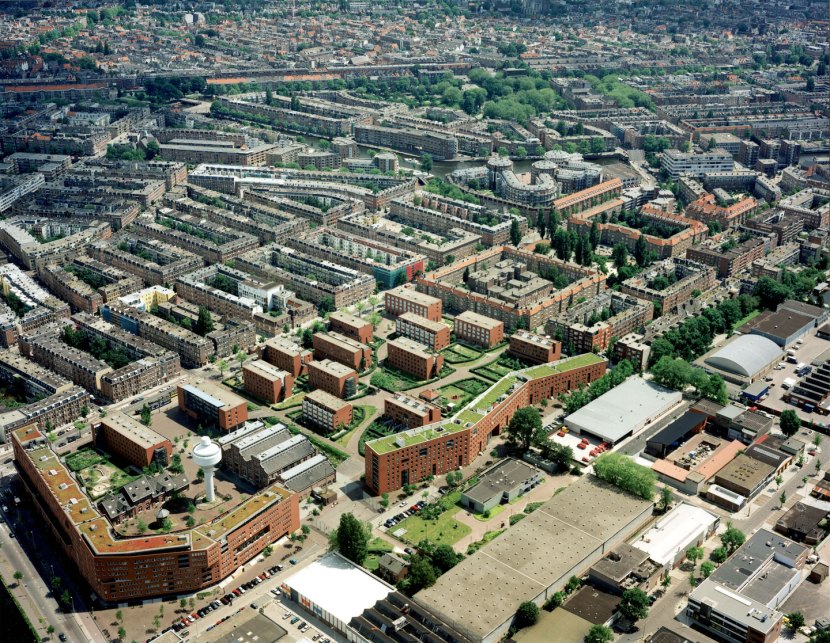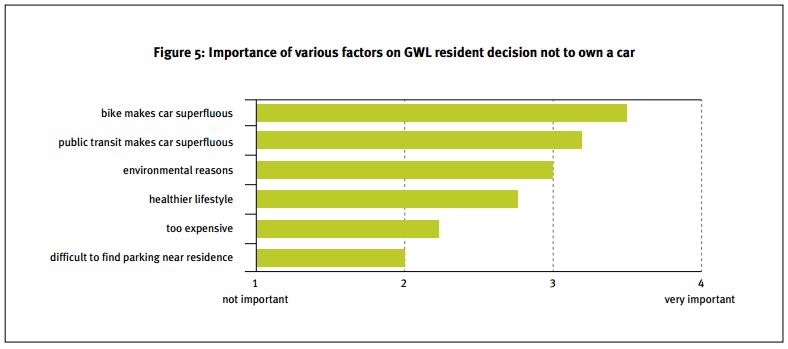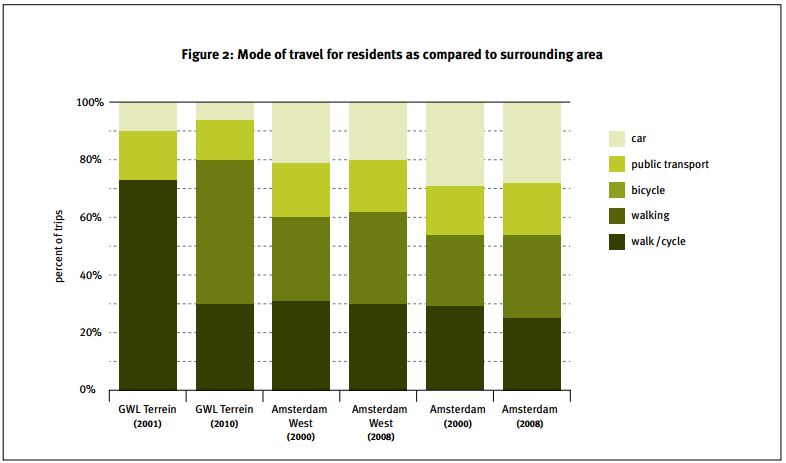GWL Terrein
data
water conscious
The apartments have Gustavsberg toilets installed which use 3.5 liters of water instead of the standard 6. As well, rain water is collected on the roof through rain pipes and filters to be used to flush toilets. When needed, this system is augmented with tap water. (In retrospect, this seems to be one of the less successful environmental experiments as the system becomes blocked easily, requires a large amount of energy to pump the rainwater and regular maintenance. Dwellings are also fitted with specific shower heads to save water with limits saving an average of 30%.
energy efficient
The dwellings are built according to the energy performance norm (EPN) of 750 m3 (natural gas
equivalent) per year compared to the standard at the time of 1400 m3
This norm was achieved through:
-Insulation (installation of cavity walls, floors and roof).
-Use of passive solar energy and heating
green materials
If the budget allowed, then the most environmental friendly material solution was chosen. Examples include:
-Brick facing instead of plastic insulation. While brick is more expensive, it is also more durable than other materials.
-The use of 20% granulated concrete rubble (collected from the demolition of the former water plant buildings) in the dwellings
-The use of pine wood instead of tropical hardwood, aluminium or plastic for frames, doors, stairs and
as a finish.
-The use of water-based paint on the doors and window frames.
-Sewage pipes were fastened without glue.
art and culture
The Westerpark district is known for its contributions to both the visual and performing arts, perhaps related to the ecological and sustainable mindset.





